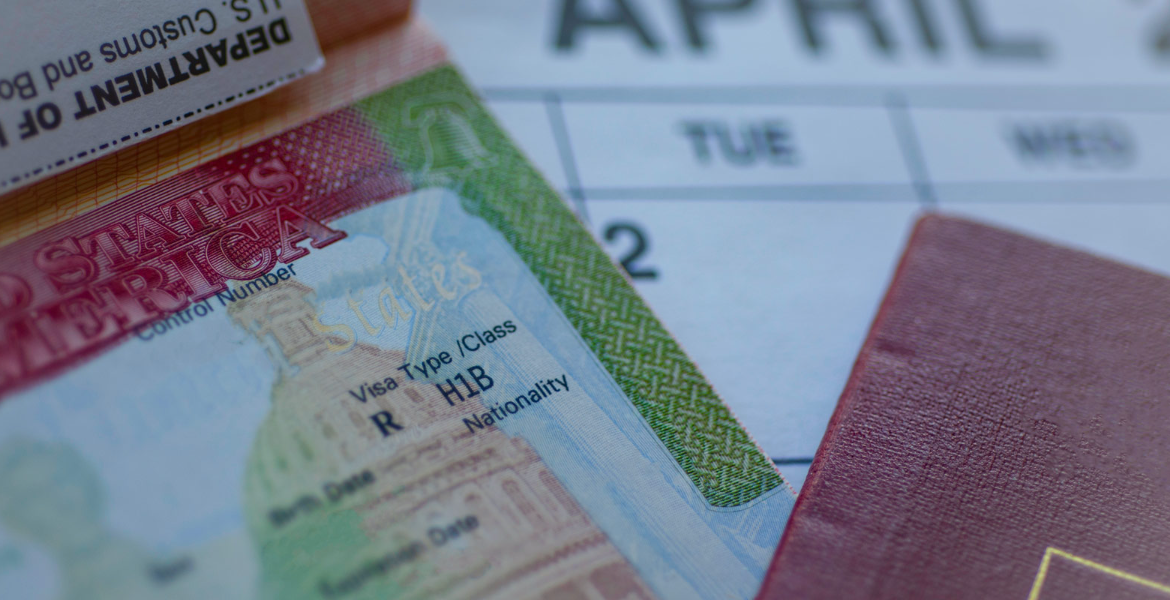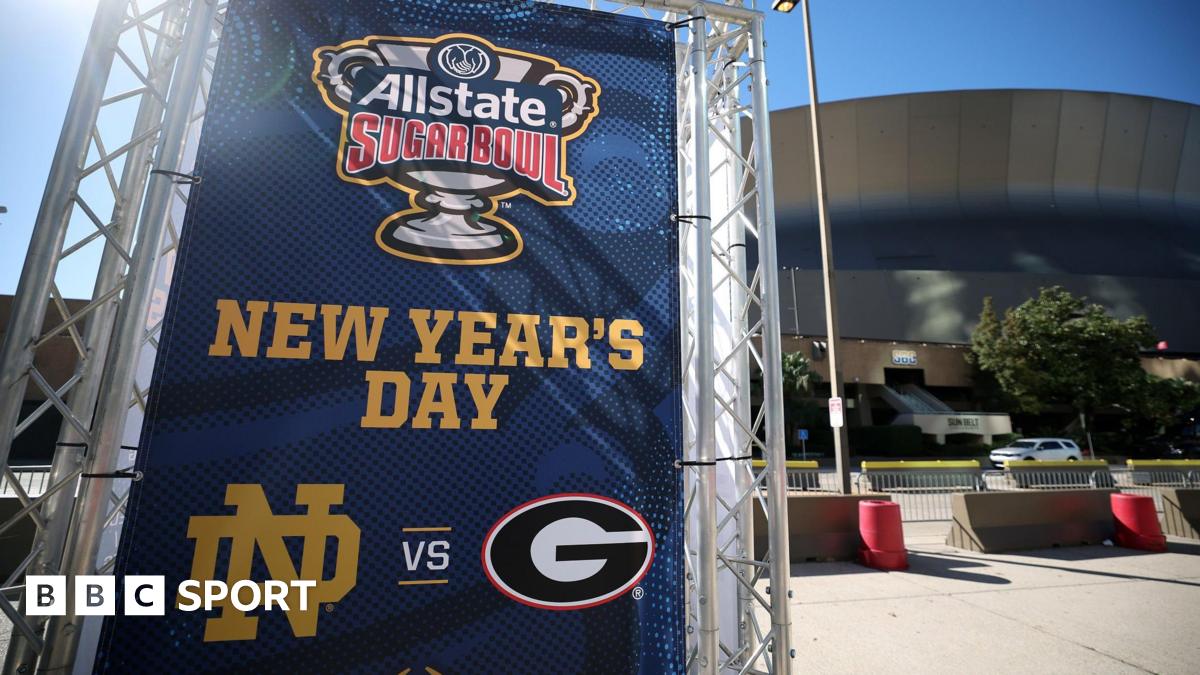Pan American World Airways Is Back From The Dead To Make Flying Rock Again, For Some People – The Autopian

We live in an era where you could fly a couple of thousand of miles in a manner of hours for sometimes less than $100. However, the process of flying seems to be designed to inflict as much anguish as possible (I don’t have to tell you that flying sometimes sucks). Pan American World Airways, a name that’s officially been dead since 1991, is being brought back from the dead once again for an extravagant series of flights meant to remind you what flying used to be like. Well, maybe not you, but we’ll get to that.
Several decades ago, flying was a far different experience than it is today. Boarding an early Boeing 747 might have been something you wore your best clothes for. Back in those days, the government controlled routes, airline market entry, and fares. The price of airline tickets was high, blocking poorer customers out of the market. At the same time, airlines weren’t competing on pricing, so they advertised lavish flight experiences. Pan American World Airways, Trans World Airlines, and Eastern Airlines all thrived on this model.
![]()
The Airline Deregulation Act of 1978 brought remarkable change to the airline industry. Suddenly, the factors that were once controlled by the government were in the hands of airlines. Ticket prices began to plummet and customers flocked to airlines that could get them to places for cheaper rather than the airlines offering practically white glove service to patrons.

The Act is often cited as the reason for today’s low ticket prices. However, cheap flight comes with the downside that seats have gotten impressively small while the whole flying experience now feels a bit closer to riding a flying bus. Oh and don’t think it’s just Spirit and Frontier treating passengers like cattle. If you buy a United Basic Economy ticket you cannot check in online. Seriously, you have to wait in line for an agent at the airport.
What I’m getting at here is that — while some elements of flying were permanently altered by 9/11 — there are plenty of people who want to at least get a taste of what flying was like before the era of microtransactions, moldy food, and unruly passengers. Well, if you happen to be sitting on a lot of money, and we’ll get to that in a moment, soon you’ll be able to ride the friendly skies aboard a Pan Am plane.
Don’t check your calendars. It’s really been about 33 years since Pan American World Airways officially died. Yet, in 2025, that familiar logo and typeface will take to the skies once again. But it’s not exactly what you think.
What Happened To Pan Am
For decades, Pan American World Airways was the principal airline for Americans looking to travel abroad. Pan Am became synonymous with transatlantic flight and was a household name.

Pan American World Airways was initially a combination of a few enterprises from 1927 combined into one. There was the Aviation Corporation of America formed by former Navy pilot Juan Trippe; the Atlantic, Gulf, and Caribbean Airways formed by Richard Hoyt; and Pan American Airways by United States Army Air Corps officers Henry Arnold, Carl Spaatz, and John Jouett. The officers were concerned with the potential threat of Germany’s aviation efforts in South America.
All of these companies competed for a contract to deliver airmail from Key West to Havana. Pan American scored the contract, but didn’t have a plane, money, or landing rights. Atlantic, Gulf, and Caribbean Airways had money while the Aviation Corporation had landing rights and a Fairchild FC-2 floatplane. The companies decided that all of them would win by combining their forces as one with Trippe at the helm.

Trippe, with help from the United States and the Foreign Air Mail Act, would form Pan American into not only a dominating name in international airmail but also the unofficial flag carrier of the United States. Pan Am’s flying boats weren’t just delivering the mail, but effectively representing America in other countries. The government and Pan Am benefited each other as America used Pan Am to gain economic expansion into Latin America and the Caribbean while Pan Am used the government to gain more routes for its own expansion.
Pan Am’s first passenger flight was on January 9, 1929, and was a 56-hour, 2,000-mile flight between Miami and San Juan with two overnight stops along the way in Belize and Managua. Over time, Pan Am became such a dominant force in airmail that it scooped up competitors and their routes with them.

While Pan Am became a famed brand because of its worldwide airmail expansions, its best mark on commercial aviation was making the world smaller and more extravagant for travelers. A 1990 article from the Los Angeles Times continues:
During the 1930s, Pan Am launched its famed Clipper service in blue and white planes that were the first to offer regularly scheduled passenger service across the Atlantic and Pacific. The airline hired aviator Charles Lindbergh to scout out some its early international routes.
Pan Am flew Franklin D. Roosevelt to Casablanca in 1943 and acted as the airline of choice for a long list of heads of state and celebrities. Last year the airline carried to United Nations headquarters in New York two kings, 22 presidents, 12 prime ministers, one premier, one vice president and 49 foreign ministers.
The airline introduced many novel concepts that have become industry standards, like first-class sections and in-flight movies. In the 1960s, Pan Am breathed life into Boeing Co.’s 747 program by ordering 25 of the jumbo jets in preparation. The airline became such a well-known corporate symbol that when Stanley Kubrick’s movie “2001, A Space Odyssey,” was released in 1969, its hero flew to the moon in a spaceship operated by Pan Am.

Pan American also helped accelerate America into the Jet Age. While it wasn’t the first airline to use jets, its fleet of Boeing 707 and Douglas DC-8 aircraft got Americans to far-flung destinations faster, safer, and with glamour. The massive success of these early jets also primed Pan American to further revolutionize flying. It even helped bring the widebody into popularity, from my Boeing 747 retrospective:
When the 707’s success meant further expansion, Pan Am CEO Juan Trippe looked to capitalize on the explosive growth of air travel with an aircraft with double the capacity of the 707. The airline executive’s idea was that if Pan Am could fit more people on a plane, it could charge less per seat. And having one plane full of tons of people would reduce airport congestion. When Boeing itself looks back on the 747’s development, it mentioned the same ideas. We’d see this concept decades later–and arguably too late–with the super jumbo Airbus A380.

Flying on Pan Am was a posh experience compared to today. Passengers ate from porcelain dinnerware, cleaned themselves up from quilted napkins, and enjoyed movies played on large screens with 10-channel surround sound. Pan Am’s earlier flying boats were designed to be like flying ocean liners with lounges, sleeping berths, and a bar. Meanwhile, the airline also made great use of the Boeing 747’s massive size with a flying restaurant, bars, and lounges.
Unfortunately, the flame of Pan Am began fading in the 1970s. The oil crises of the 1970s made running thirsty widebodies expensive, which put a dent in the airlines. A failing economy wasn’t helping either, as passengers couldn’t afford the high ticket prices. As I noted earlier, the Airline Deregulation Act of 1978 dealt another blow, as Pan Am’s business model just couldn’t keep up in a new market competing on price.

Those were just a couple of factors in perhaps dozens of hits to Pan Am, from passengers scared to fly due to bombings like Pan Am Flight 103 (which killed 270 people) to fallout from war and countless financial setbacks. Pan Am was once an empire, but hit after hit brought that fire to a flicker, and then the light went out entirely.
Pan Am officially went under in 1991, but the name has been reused since by at least four airlines off and on between the mid-1990s and the 2010s. Weirdly, the Pan American World Airways name was purchased by Guilford Transportation Industries in 1998 and became Pan Am Railways.

Yes, that’s why you might see old boxcars with the Pan Am logo and colors on them.
Companies have also used the Pan Am name and logo on watches, board games, and even a clothing store. So you could have bought a Pan Am shirt despite Pan Am no longer being around. Technically a part of the original Pan Am still exists today. The Pan Am Flight Academy opened in 1980 in Miami, Florida to train the airline’s pilots.

When the airline filed bankruptcy in 1991, the flight academy was allowed to operate independently. Today, the flight school is owned by private individuals. So, with the knowledge that the Pan Am name has been applied to basically everything over the past 33 or so years, what’s going on now?
The New ‘Pan Am’
Last week, the new Pan American World Airways was reported by Forbes, and honestly, I had to do a double-take. I knew Pan Am shuttered before I was even born, but to see an article titled “New Pan Am Soars, Reviving The Golden Age Of Air Travel” was a shocker.

Now, I shouldn’t have been that surprised, because as I said, the poor Pan Am name has been slapped on everything. Besides, reviving old airlines isn’t even that crazy as seen with the rebirth of Eastern Air Lines.
This one is a little bizarre. It comes from Pan Am Brands, once a subsidiary of Pan Am Systems, itself used to be known as Guilford Transportation Industries. Pan Am Brands is a company that licenses the Pan Am brand and logos to other companies. Thanks to this, you’ll see officially licensed Pan Am consumer goods, television shows, and the like. This is the company behind why you can buy Pan Am Barbies, Pan Am bags, and Pan Am hoodies.
This new airline is the idea of Craig Carter, the current owner of Pan Am Brands and now the CEO of a born-again Pan American World Airways. I bet you can see where this is going.

The new Pan American World Airways is not going to be an airline as you know it. Instead, it’s going to offer curated luxury experiences meant to harken back to the golden age of jet travel. In June 2025, the new Pan Am will depart from New York City on a trip it calls “Tracing the Transatlantic.” This trip follows a southern route flown by Pan Am’s old Clipper flying boats and has stops in Bermuda, Ireland, Lisbon, London, and Marseille. The trip is expected to take 12 days, and there will be seating for just 50 people.
This sounded exciting until I learned further details. Firstly, this isn’t a true airline, but an experience offered by Bartelings aircraft charter and Criterion Travel, with Pan Am branding on them. The plane is also only sort of what Pan Am used to be. The experience involves being flown in a Boeing 757 narrowbody airliner with all lay-flat business-class seating. There will be no bars, lounges, or massive screens with surround sound, but you will get to sit facing your fellow passengers. You’ll also get continental cuisine and expedited Customs procedures.

Oh, right, I forgot to talk about the price. Please sit down because I don’t want you to faint. A ticket on this 50-person flight will cost you $59,950 per person, but that’s if you’re bringing two people. If you’re all by yourself, the shame of solo travel will cost you $65,500. Either way, deposits are $5,000 per person. At least the good news is that the ticket is all-inclusive, so the swanky hotels will be covered as will most of your food and booze. You also get a swag bag with Pan Am branded stuff, which is fitting considering what I said above.
On one hand, it will be awesome to see a plane in Pan Am livery back in the sky after such a long absence. There’s no doubt that the B757 is going to gather crowds wherever it lands. It’s also cool that it’s supposed to be a taste of what flying used to be like before deregulation. On the other hand, the huge ticket price ensures the closest most of us will get to the plane is from the other side of an airport fence. Maybe Pan Am should have also offered shorter, more affordable itineraries to catch even more vintage aviation fans. The price of this trip makes it feel more like an avgeek cash grab than a legitimate rebirth.
Pan Am also plans on sticking around for a bit. You aren’t going to be flying Pan Am on a business trip anytime soon, but the airline says it’ll have another flight in 2027 to celebrate a century of Pan Am. Hopefully that one chops a couple of zeroes off of the ticket price.
Related
US imposes sanctions on Russian and Iranian groups over disinformation…
WASHINGTON (AP) — The Unit
U.S. imposes sanctions on Russian and Iranian groups over disinformation…
WASHINGTON — The United States has imposed sanctions on two groups linked to Iranian and Russian efforts to target American voters with disinformation ahead
Comedian says ‘f**king nerd’ Vivek Ramaswamy needs to be deported:…
Comedian Sam Hyde says Vivek Ramaswamy should be deported. Comedian Sam Hyde delivered a rant against Elon Musk and Vivek Ramaswamy over the H-1B issue and sai
Trump hints Canada could become 51st state as Musk expresses…
Musk vs MAGA war: Trump camp in bitter fight over immigration, foreign worker visasSign up for the daily Inside Washington email for exclusive US coverage and a













